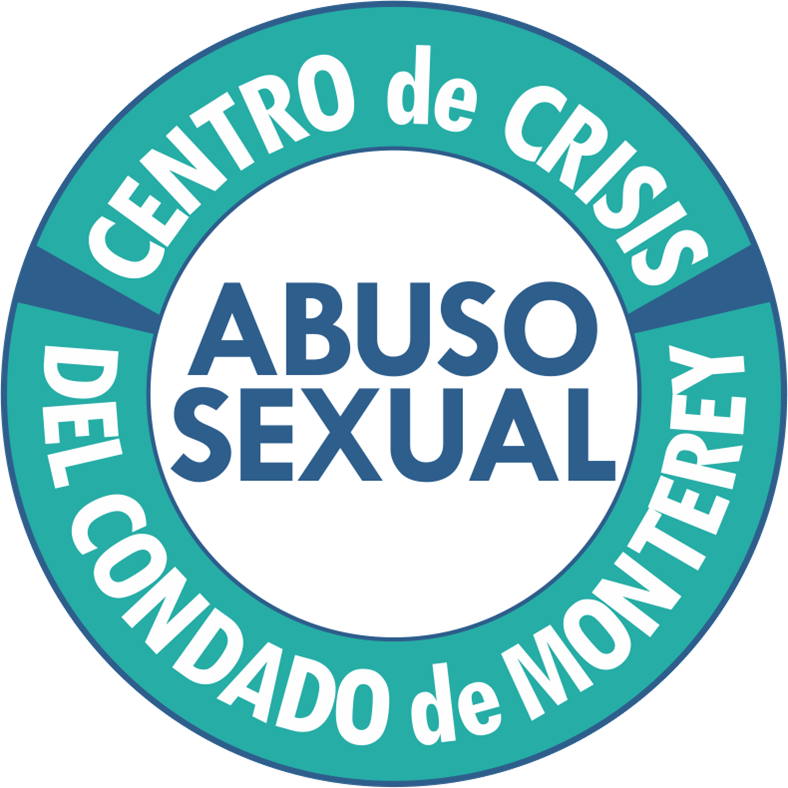Human Trafficking in Monterey County
Jan. 2018 - By Deborah Pembrook, Outreach Advocate
Human trafficking is a serious problem in our community. After two years of concentrated work as an agency, Monterey County Rape Crisis Center is striving to reach survivors, raise awareness and teach our community how to identify and respond to this urgent issue.
All too often, when I share about human trafficking at a training or during an outreach event, I’m asked by people in the community if human trafficking even happens here. As an Outreach Advocate at MCRCC, I’ve come to learn that there is a lot of confusion and quite a few misconceptions about human trafficking. To kick off January and Slavery and Human Trafficking Prevention Month, I’ll be writing a series of blog posts about human trafficking and the impact on Monterey County.
Human trafficking has a two-part definition and it is fundamentally when someone is forced to work and can’t walk away. The first part of the definition is when people are compelled to work through force, fraud, or coercion. This could be someone forced to work in the fields, in a restaurant, in a salon, or an adult forced to work in commercial sex. I specify an adult because of the second part of the definition which says that any minor who is involved with commercial sex in any way is a human trafficking survivor. We don’t have to prove that the minor experienced force, fraud, or coercion to identify that minor as a human trafficking survivor.
These different forms of human trafficking not only happen in our community, but we are a part of a national hotspot. Polaris, the group that runs the National Human Trafficking Hotline, has identified more cases of human trafficking in California than any other state, by far. This is clearly visible if we look at the prevalence of trafficking throughout the country. Figure 1 shows a heat map created by Polaris. When I show this graphic during trainings and ask people to share what they notice, I often hear people shouting out “California!” as our state is some of the darkest red of anywhere in the country.
When you zoom in, you can see Monterey County and particularly Salinas is covered in the dark red. And the two distinct lines running through California run along the 101 and I-5 corridors, which of course, partially runs directly through Monterey County.
Figure 1 Heat map showing the prevalence of human trafficking by Polaris
This heat map represents all forms of human trafficking, but if we look locally at just one form, child sex trafficking, the problem comes more into focus.
In a recent study by UC Santa Barbara, there were 91 children, youth and young adults who were identified as survivors of child sex trafficking in the three counties, Monterey, Santa Cruz and San Benito in 2015 and 2016. The majority of these minors and young adults were in Monterey County. Almost 20% of the children were first exploited when they were 10 years old or younger and one child was first exploited when they were 5 years old.
Over the last two years, MCRCC responded to this urgent issue by building a human trafficking program that is integrated into all our services. In our next article, I’ll share about the quality trauma-informed and survivor-centered services we offer to human trafficking survivors.
